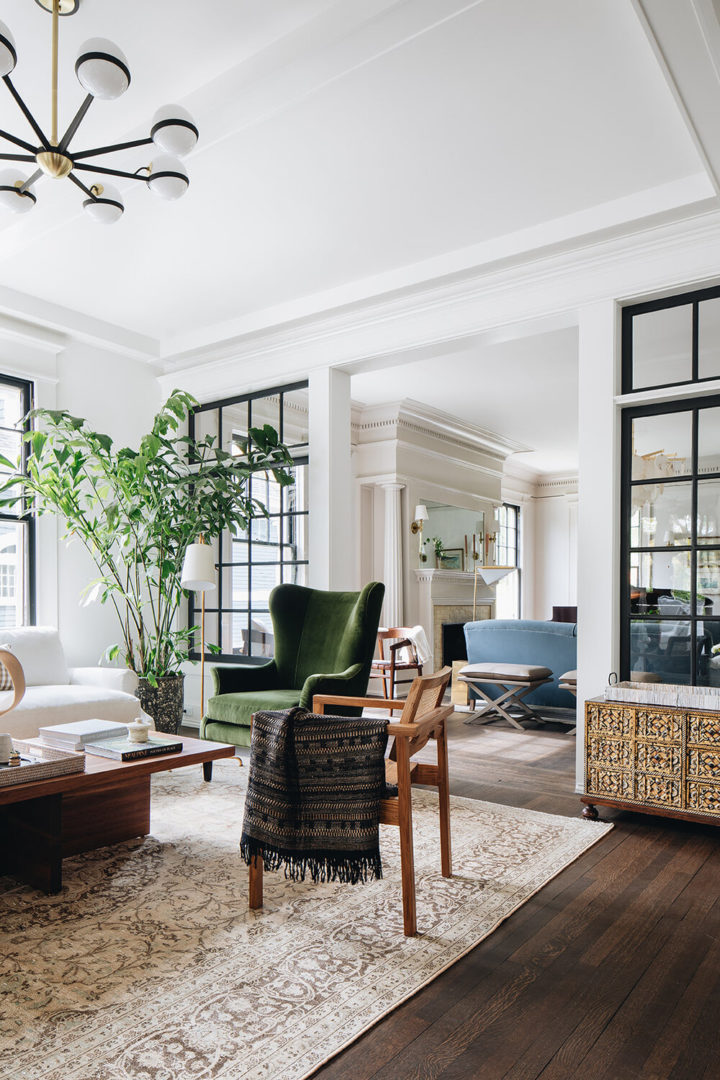Upgrade your space with miami luxury interior design that blends elegance and innovation.
Upgrade your space with miami luxury interior design that blends elegance and innovation.
Blog Article
Change Your Home With Important Concepts of Interior Decoration and Appearances
By comprehending the influence of color concept and the significance of texture and patterns, one can produce areas that are not only aesthetically appealing yet also deeply individual. Attaining this balance includes even more than mere design; it encompasses a strategic arrangement and an eager understanding of exactly how each element communicates within an area.
Recognizing Color Theory
Understanding the principles of shade concept enables designers to create areas that reverberate emotionally with residents while meeting useful requirements. Each classification plays a vital function in developing harmony within a space.
The psychological effect of shades is profound; warm tones such as reds and oranges stimulate power and heat, while great tones like blues and eco-friendlies advertise peace and tranquility. Additionally, using complementary colors improves visual passion, creating striking contrasts that can boost a space's appeal.
Neutral shades, on the other hand, offer as a flexible backdrop, enabling other layout components to radiate. It is important to take into consideration elements such as lights and the space's purpose when choosing a shade scheme, as these can alter the understanding of colors throughout the day.
Ultimately, a well-considered shade plan can change a space, promoting a feeling of comfort and design that aligns with the residents' choices. Proficiency of color concept is, therefore, a vital skill for any kind of interior developer aiming to develop harmonious and inviting atmospheres.
Achieving Balance in Design
Just how can designers attain a feeling of balance in their spaces? Accomplishing balance in style is fundamental to creating harmonious insides. Developers can make use of three main kinds of balance: balanced, unbalanced, and radial. In proportion balance involves arranging components uniformly around a main point, cultivating a sense of order and serenity. This type frequently includes pairs of furnishings or artwork, improving aesthetic stability.
Unbalanced equilibrium, on the various other hand, counts on differing elements that still accomplish a natural look. This technique enables more dynamic and informal plans, supplying interest while maintaining stability. By thoroughly picking varying sizes, colors, and appearances, designers can create an aesthetically engaging space that really feels balanced yet energised.
Radial equilibrium emphasizes a central prime focus with components radiating outward. This style is generally seen in circular designs, where furniture and decoration produce a cohesive surround that draws the eye internal.
Inevitably, accomplishing equilibrium calls for thoughtful factor to consider of scale, proportion, and the partnerships in between aspects. interior design firms. By masterfully applying these balance concepts, developers can change rooms into environments that feel both aesthetically pleasing and functionally unified, enhancing the overall experience for residents
Significance of Spatial Recognition

An eager sense of spatial awareness allows developers to identify focal points within a room, directing the customer's interest to crucial functions while preserving an overall sense of unity. It also assists in the calculated placement of lighting, which can significantly influence the perception of space and state of mind. Understanding spatial connections enables the designer to provide to the certain needs of citizens, guaranteeing that each area offers its designated function without jeopardizing aesthetics.
Eventually, spatial understanding is crucial for making best use of the capacity of any type of interior room. By meticulously taking into consideration the interplay between dimensions, format, and feature, designers can produce environments that not only satisfy practical demands yet additionally evoke a sense of convenience and charm, boosting the overall living experience.
Integrating Appearance and Patterns
Embracing a diverse variety of appearances and patterns can dramatically boost the aesthetic and responsive allure of an indoor room. The critical use of numerous materials-- such as wood, steel, textile, and rock-- creates depth and interest, making an area feel extra inviting and vibrant. For example, combining smooth surfaces with harsh textures can establish an equilibrium that draws the eye and engages the detects.
When including patterns, take into consideration both range and rep. Huge patterns can work as prime focus, while smaller, refined designs can enhance various other components without frustrating the room. Layering patterns, such as pairing flower pillows with striped tosses, includes intricacy and a sense of harmony if performed thoughtfully.
It is likewise critical to keep a natural shade combination, making certain that structures and patterns collaborate instead of compete for interest. By selecting a few crucial textures and patterns, you can develop a merged visual that reflects your individual design while boosting the total atmosphere of the room. Ultimately, the cautious unification of these aspects can change a mundane space into an innovative atmosphere rich with personality and warmth.
Individualizing Your Room
Developing an area that shows your character is crucial to accomplishing a genuinely welcoming setting. Customization in interior layout allows you to infuse your one-of-a-kind style useful site and passions into your home, changing it from a mere sanctuary into a sanctuary that speaks with that you are. Begin by choosing a shade scheme that resonates with your emotions-- vibrant shades can stimulate, while soft tones provide tranquility.
Include artwork and decor that mirror your find more information interests, whether it why not look here be travel, nature, or abstract ideas. Displaying personal collections, such as books, photographs, or mementos, can stimulate valued memories and develop prime focus within a room. In addition, take into consideration customizing practical items, like upholstered furniture, to align with your aesthetic preferences.

Conclusion
In verdict, the transformation of a home through the essential principles of interior decoration and visual appeal demands a comprehensive understanding of shade concept, equilibrium, spatial awareness, appearance, and personalization. Each aspect contributes substantially to developing an unified and functional living setting - miami luxury interior design. By attentively integrating these principles, individuals can enhance the aesthetic allure and psychological vibration of their areas, eventually cultivating a home that mirrors special identifications while supplying comfort and practicality
Report this page